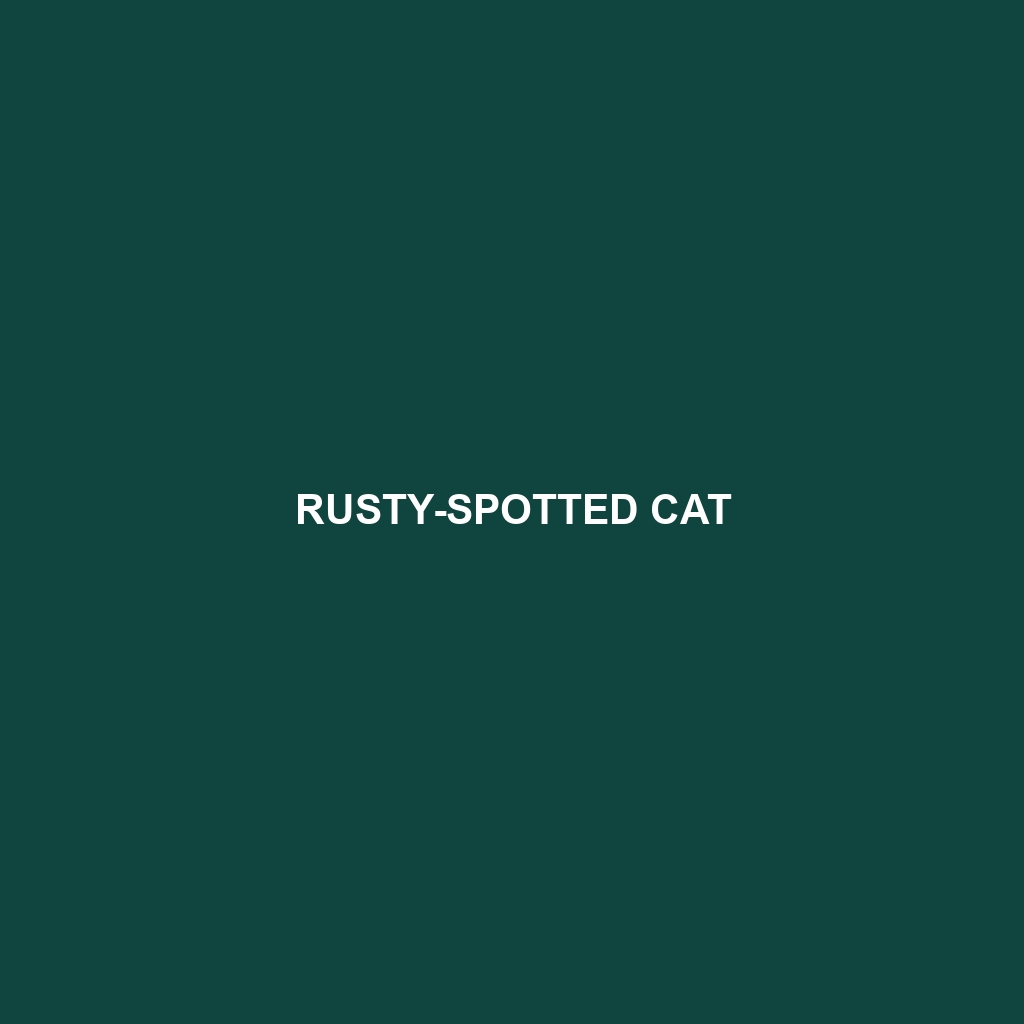Flat-headed Cat Species Description
Common Name: Flat-headed Cat
Scientific Name: Prionailurus planiceps
Habitat
The Flat-headed Cat is primarily found in the wetlands and swamps of Southeast Asia, including areas in Malaysia, Thailand, and Indonesia. This elusive feline thrives in dense vegetation near freshwater ecosystems such as rivers, marshes, and floodplains, which provide both shelter and hunting grounds. Its preference for these habitats highlights its dependence on aquatic environments.
Physical Characteristics
The Flat-headed Cat is a medium-sized cat with a distinctive flat skull, hence the name. Adult individuals typically weigh between 3.5 to 5.5 kg (7.7 to 12.1 lbs) and measure approximately 50 to 65 cm (19.7 to 25.6 inches) in length. Their fur is short and dense, exhibiting a unique coloration that blends brown, gray, and black, allowing for effective camouflage in their natural habitat. Notable features include webbed toes, a flattened head, and large eyes, which enhance their ability to hunt in aquatic environments.
Behavior
Flat-headed Cats are primarily nocturnal and semi-aquatic, showcasing behaviors such as swimming and diving to catch prey. They are solitary animals, often marking their territory with scent markings. Their elusive nature and secretive habits make them challenging to study, but they are known to be agile hunters, often observed stalking through tall grass or dense foliage. Their vocalizations include soft grunts and mews, typical of many wild cats.
Diet
The diet of the Flat-headed Cat mainly consists of fish, amphibians, and small invertebrates. They are known for their remarkable fishing skills, using their webbed feet to paddle through water in search of food. Occasionally, they may also consume small rodents and birds, adapting their feeding habits based on the availability of prey. This diverse diet emphasizes their role as both predator and prey in their delicate ecosystem.
Reproduction
Flat-headed Cats typically breed throughout the year, with peak breeding seasons noted in specific regions. After a gestation period of approximately 60-70 days, females give birth to litters of 2 to 4 kittens. The young are weaned after about two months and begin to accompany their mother as she teaches them hunting and survival skills. Maternal care is critical during the early development stages of the kittens.
Conservation Status
The Flat-headed Cat is currently listed as endangered by the IUCN Red List due to habitat loss, primarily from deforestation and marsh drainage for agriculture. Conservation efforts are vital to protect this unique species and its wetland habitat, emphasizing the need for sustainable land use and biodiversity protection.
Interesting Facts
One fascinating aspect of the Flat-headed Cat is its ability to swim with agility, making use of its webbed toes to propel itself in water. They are also one of the few cat species known to have a preference for a semi-aquatic lifestyle, showcasing unique adaptations not seen in other felines.
Role in Ecosystem
The Flat-headed Cat plays a crucial role in maintaining the balance within its ecosystem. By controlling fish and amphibian populations, this feline helps to sustain the health of aquatic habitats. Its presence indicates a healthy wetland environment, underscoring the interconnectedness of species within these vibrant ecosystems.
